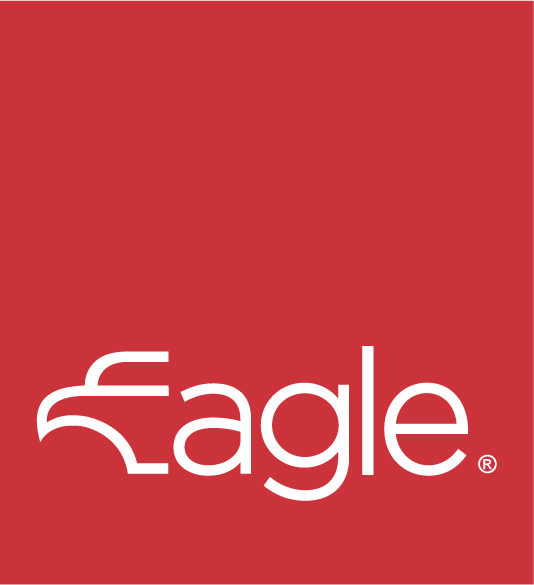Selecting the Correct Medical Face Mask
Due to the ongoing global demand for Personal Protective Equipment (PPE), and the recent government mandate, Face Masks have become highly sought after products. As with single-use gloves and other PPE, this has resulted in counterfeit and reject masks regularly available, with potential risks to the wearer.
Beware of Reject and Counterfeit Products
At Eagle, we supply the highest quality and responsibly sourced product to protect you and your business. There are many reject and counterfeit masks currently on the market claiming to be medical grade. At the start of the COVID-19 pandemic, we sampled a variety of alternatives to our own brand and had concerns over quality, source of origin, standards/accreditation claims and price of these alternatives; therefore couldn’t justify bringing such product into the New Zealand market at that time.
Our Fluid Resistant 3ply Face Masks, have been tested to, and meet standard EN 14683:2019 to Type IIR for Bacterial Filtration Efficiency (BFE), Breathability, Splash Resistance and Microbial Cleanliness. These masks will be restocked shortly, with stock being prioritised for essential services and customers with existing usage.
Information on fluid resistance can be found at the reference below.1
What is a Face Mask?
Face Masks are designed for the medical and healthcare industries, to help prevent cross infections between personnel and patients. They prevent droplets from spreading from one person to another. Compared to N95 Respirators, these masks tend to be loose-fitting, and a Face Shield can also be worn for added protection. Below is a table which indicates other types of masks on the market and their intended use.2
| Type of Mask | Example | Protection | Type of Protection | Used By |
| Particulate filter respirators | P2 or equivalent (N95/KN95) | Airborne transmission prevention | Wearer protection good/Not recommended for source control | Health Care Workers (HCWs) only, mainly recommended for aerosol generating procedures |
| Medical-grade masks | Surgical masks (Levels 1, 2, and 3) | Droplet protection | Wearer protection (in health care setting) reasonable/Source control good | HCWs who are not performing an aerosol generating procedure or involved in other risk assessed procedure or situation requiring airborne precautions |
|
Manufactured non-medical grade face coverings including homemade (sewn) coverings (these coverings are not regulated by TGA) |
Fabric face coverings e.g., multi-layered cloth coverings made from fabric and reusable woven shopping bags | Limited evidence for protection | Wearer protection possible/Possible source control | Public use in community transmission where physical distancing cannot be achieved, not for use with no community transmission |
| Non-manufactured non-medical grade face coverings | Handkerchief, scarf, bandana | No evidence for protection | Wearer protection unknown/Source control unknown | Public use when a manufactured non-medical grade face covering is not available, and there is community transmission, not for use with no community transmission |
Regulation of Face Masks
Just like disposable gloves and the materials used, medical grade Face Masks are regulated using different test standards which determine the level of protection they have and what setting they can be used in. The EN 14683:2019 standard measures performance on five requirements; Bacterial Filtration Efficiency (BFE), Breathability, Splash Resistance, Microbial Cleanliness, Biocompatibility.3
The Australian Standard for single-use Face Masks, AS 4381:2015, measures three performance metrics; Bacterial filtration (BFE), Fluid Resistance and breathability. They are rated on their fluid exposure performance levels and must withstand a pressure of 80 - 160 millimeters of mercury; read more on this standard. These masks either pass or fail based on visual evidence of synthetic blood penetration. Medical masks in New Zealand are required to conform with Standard AS 4381:2015 or international equivalent.4
|
During the COVID-19 pandemic and beyond, learn how to don and doff a medical grade mask correctly without contaminating your hands.
|
Read more on how to use a face mask safely. 
|
Reference:
-
Eagle Protect. "New Face Mask Standards - Are You Compliant?" 16 Nov 2018. Website.
-
Australian Government, department of Health. "Coronavirus (COVID-19) – Face masks: How they protect you and when to use them." 28 July 2020. Website.
-
Nelson Labs. "Medical Face Mask Tests And Requirements". 2020. PDF File.
-
Ministry of Health, Manatū Hauora. "COVID-19: Use of masks and face coverings in the community". 30 September 2020. Website.



